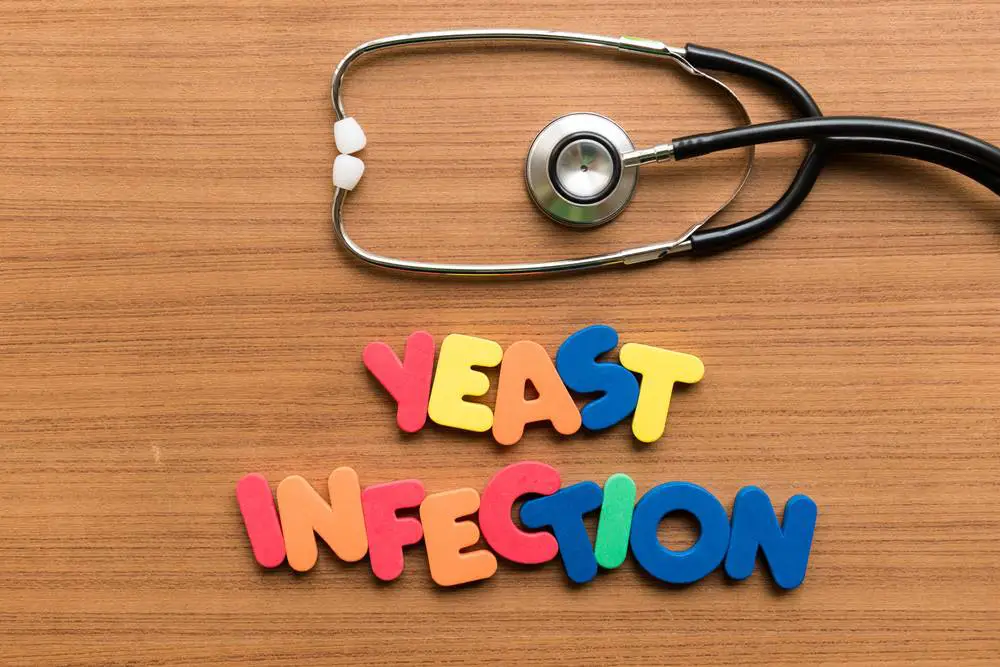Although you may be familiar with the gut microbiome, did you know that the skin, nose, mouth, and vagina also have their microbiome? And like in the gut, an imbalance of these “blunders” can wreak havoc on your health.
This is precisely what happens if you have a “candida overgrowth.” One of the microbiomes in your body is out of balance due to an excess of Candida. This can cause skin rashes, fatigue, swelling, etc.
A natural treatment option for candida overgrowth is the candida diet. Although no studies confirm the effectiveness of this dietary model, many people believe that it can deprive Candida by restricting certain foods.
It is a type of yeast that is most commonly found in the human body and indoors, where it usually does not cause problems. Specific conditions, however, can cause this benign organism to reproduce. The resulting infection is known as a yeast infection.
The overgrowth can affect the mouth and throat, in which case it is commonly called canker sores. Very rarely, it can spread through the blood to internal organs. But by far, the vagina is the most commonplace of yeast infection.
What causes yeast infections?

Sohel Parvez Haque/Shutterstock
The use of antibiotics can pave the way for an overgrowth of yeast by eliminating beneficial bacteria that would generally keep candida populations at bay.
Another risk factor may be high estrogen levels, so yeast infections are more common during pregnancy or taking hormones. People with a vulnerable immune system may also be more susceptible to yeast overgrowth than people with diabetes.
Other than these more common risks, there is something more than women suffer from these uncomfortable infections. It is natural to wonder if food and nutrition could play a role. As this listener discovered, you will find many tips on the web for anti-candida diets or anti-yeast diet.
It is better to limit the amount of sugar and carbohydrates in your diet, avoid foods that contain yeast, and increase your intake of probiotic foods.
Should you try a candida diet?
The candida diet can generally be a healthy plan of diet by excluding some added sugars, processed foods, and also alcohol. But on the other hand, there is currently no scientific evidence that this particular combination of dietary recommendations reduces or improves the symptoms of candida overgrowth.
It is also important to note that poor balance and proper planning can lead to a decrease in fiber intake, complex carbohydrates, and general nutrition, especially if they are followed long term.
Symptoms of candida overgrowth in the gastrointestinal tract can be similar to SIBO or bacterial overgrowth of the small intestine. SIBO occurs when bacteria do not stay in the colon, but travel to the small intestine and cause many other painful symptoms.
Small intestinal bacterial overgrowth may require more aggressive treatment than the Candida diet for proper management and resolution. It is better to have a word with your doctor if you have small intestinal bacterial overgrowth symptoms.
If you are the one who is suffering from weight loss or unintentional malabsorption candida diet is not for you, consult your doctor.
